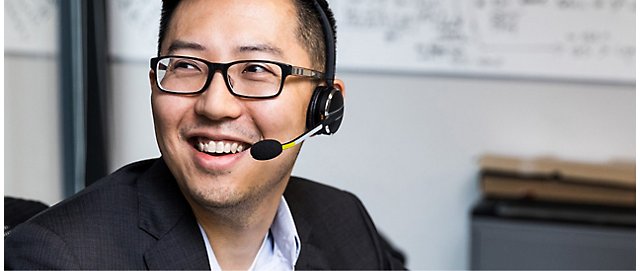Sayvant is using generative AI to improve clinical charting, save time, and produce higher-quality documentation.
Using Microsoft Azure solution Azure OpenAI Service, Sayvant built an AI solution that generates acute care charts to comply with data security standards for the healthcare industry and align with documentation requirements.
Sayvant has saved 50,000 hours of clinician time, as the AI solution transcribes and generates personalized discharge instructions in more than 30 languages and helps clinicians focus more on face-to-face patient care instead of manual documentation.










Follow Microsoft